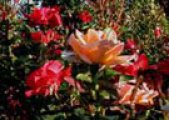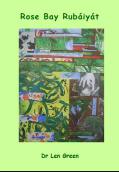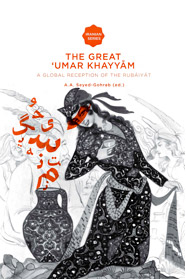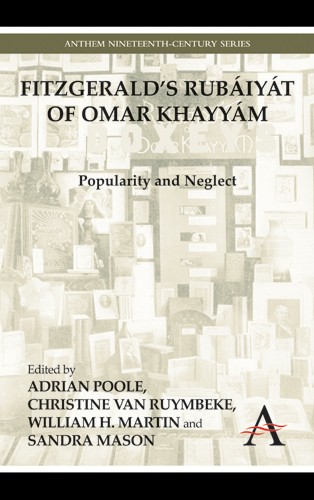 Though drinking alcohol is forbidden in Islam, in classical Persian literature wine was a common subject for most authors and poets. The debate as a popular genre was often used to let forbidden objects or ideas, in this case the wine, present the pro’s and con’s and argue about their position in an Islamic society. A very popular theme was the debate between wine and a rose. In this highly interesting article, the author discusses a treatise by the thirteenth century author Muhammad Zangī Bukhārī Gul u mul (“The Rose and the Wine”).
Though drinking alcohol is forbidden in Islam, in classical Persian literature wine was a common subject for most authors and poets. The debate as a popular genre was often used to let forbidden objects or ideas, in this case the wine, present the pro’s and con’s and argue about their position in an Islamic society. A very popular theme was the debate between wine and a rose. In this highly interesting article, the author discusses a treatise by the thirteenth century author Muhammad Zangī Bukhārī Gul u mul (“The Rose and the Wine”).
The form of the debate offers the poet an opportunity to list both the positive and the negative qualities of each of the objects, using citations from even the Qur’an and prophetic traditions. He also must exploit all possible traits so that the speaking object can defend itself and prove its superiority to its adversary.
The Rose and the Wine: Dispute as a Literary Device in Classical Persian Literature
Asghar Seyed-Gohrab
Iranian Studies, vol. 47 (2014), nr. 1, pp. 69-85
http://dx.doi.org/10.1080/00210862.2013.825506
 background of Khayyám’s poetry. He also published some paraphrases, written by himself. The book Rose Bay Rubaiyat has been published not for profit, and with appropriate authorization it is currently available for sale in support of Médecins Sans Frontières – Doctors Without Borders.
background of Khayyám’s poetry. He also published some paraphrases, written by himself. The book Rose Bay Rubaiyat has been published not for profit, and with appropriate authorization it is currently available for sale in support of Médecins Sans Frontières – Doctors Without Borders. The book The Great ’Umar Khayyam, which consists of 18 essays about Khayyam’s influence, shows that traces of Khayyam can be found throughout Western literature and culture. Dutch poets such as Leopold and Boutens were inspired by him, for instance, but the quatrains also made their mark in 20th century painting and music.
The book The Great ’Umar Khayyam, which consists of 18 essays about Khayyam’s influence, shows that traces of Khayyam can be found throughout Western literature and culture. Dutch poets such as Leopold and Boutens were inspired by him, for instance, but the quatrains also made their mark in 20th century painting and music. This title from Anthem Press, edited by Adrian Poole, Christine van Ruymbeke, William H. Martin and Sandra Mason, was initially published in 2011, but is now available as Ebook.
This title from Anthem Press, edited by Adrian Poole, Christine van Ruymbeke, William H. Martin and Sandra Mason, was initially published in 2011, but is now available as Ebook.